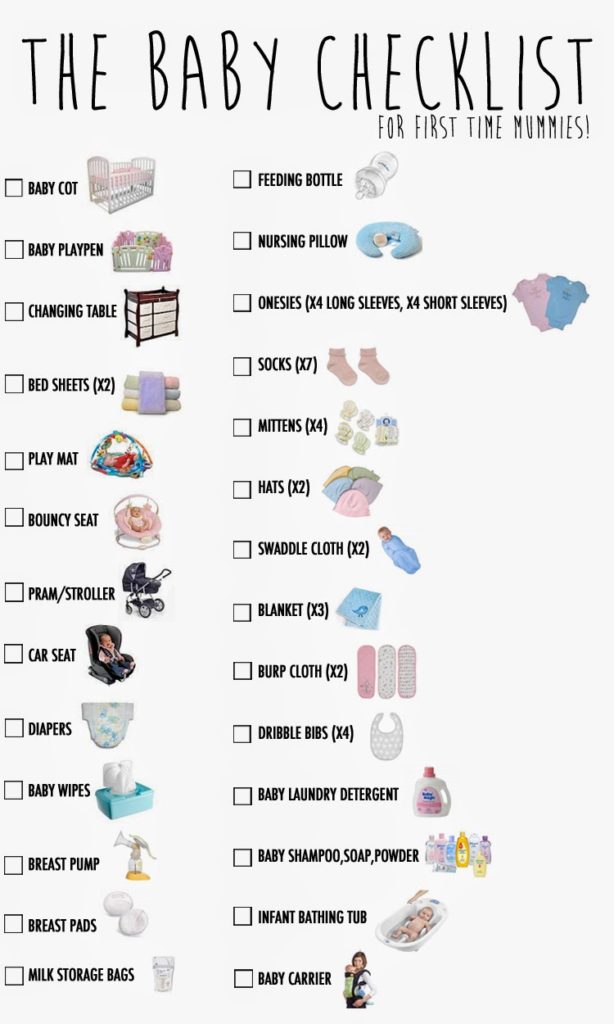- Portrayals of Childbirth in the media: is it causing women to fear?
- part 2
- page 3
- page 5
- All Pages
References
Baxley, E., & Gobbo, R. (2004). Shoulder dystocia. American Family Physician, 69(7), 1707-1714. Clement, S. (1998).
Television gives a distorted picture of birth as well as death. British Medical Journal, 317, 284.
Clement, S. (1997). Childbirth on television. British Journal of Midwifery, 5(1), 37-42.
Laboring under and illusion: Mass media childbirth vs the real thing. Elson, V. (Director). (2009).[Video/DVD]
Gaskin, I. (2003). Scary birth gets high ratings. Ina may’s guide to childbirth (pp. 164). New York: Bantam Del.
Hofberg, K., & Brockington, I. (2000). Tokophobia: and unreasoning dread of childbirth. British Journal of Psychiatry, 176, 83-85.
Hofberg, K., & Ward, M. (2003). Fear of pregnancy and childbirth. Postgraduate Medical Journal, 79, 505-510.
HypnoBirthing® – the mongan method. (2009). Retrieved Jan. 3, 2010, from http://www.hypnobirthing.com/
Karpf, A. (1988). It’s a natural: Childbirth and the media. Doctoring the media: The reporting of health and medicine (pp. 72-81). New York: Routledge.
Kitzinger, S., & Kitzinger, J. (2001). Letters from europe: Childbirth and breastfeeding in the british media. BIRTH, 28(1), 60.
Klaus, M., Kennell, J., & Klaus, P. (1993). Mothering the mother.
Kung, L., Picard, R., & Towes, R. (2008). The impact of the internet on users. The internet and the mass media (pp. 86-101). London: SAGE.
Mason, J. (1988). Midwifery in canada. The midwife challenge (pp. 100-129). London: Pandora Press. Mayberry, L., & Clemmens, D. (2002). Epidural analgesia side effects, co-interventions, and care of women during childbirth: A systematic review. American Journal of Obstetrics and Gynecology, 186(5), S81-S93.
Melender, H. (2002). Fears and coping strategies associated with pregnancy and childbirth in finland. Journal of Midwifery & Women’s Health, 47(4), 256-263.
Merck. (2005). Preeclampsia and eclampsia. Retrieved Jan. 3, 2010, from http://www.merck.com.proxy.bib.uottawa.ca/mmpe/sec18/ch263/ch263j.html
Nicholas, S. (2007). Are you a tokophobic? the women who are too terrified to give birth. Retrieved Dec 29, 2009, from http://www.dailymail.co.uk/femail/article-489776/Are-tokophobic-The-women-terrified-birth.html
Robotham, M. (2000). Fast and furious: Childbirth on TV. MIDIRS Midwifery Digest, 10(1), 77-78.
Robotham, M. (2001). In my view. the painful birth of a new television genre. Nursing Times, 97(35), 17-17.
Rutherford, M., & Gallo-Cruz, S. (2008). Selling the ideal birth: Rationalization and re-enchantment in the marketing of maternity care. Advances in medical sociology (pp. 75-98). Bingley: Emerald Group.
Seale, C. (2002). Pregnancy and childbirth. Media and health (pp. 198-199). London: SAGE.
Seale, C. (2003). Health and media: An overview. Sociology of Health and Illness, 25(6), 513-531.
Stillerman, E. (2007). The media skews the message. Massage Today, 7(10), 6(1).
VandeVusse, A. (2008). A baby story as a source of information about childbirth: The messages and their implications. Journal of Midwifery & Women’s Health, 53(5), 482-482.
Ward, J., & Hansen, K. (1993). Search strategies in mass communication. White Plains, N.Y.: Longman.









